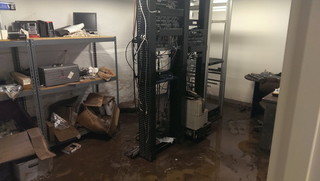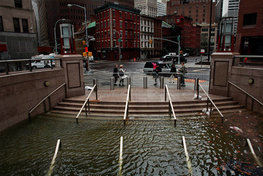- Servers and electrical distribution equipment
- Food spoilage
- Lease issues
- Paper files, laptops, and desktops
- Active shooters
- Lockdown situations
Hopefully your business will never encounter these problems. Hopefully your business will be successful and carry on thriving for many years to come. But you need to do a Business Impact Analysis and you need to create a Business Continuity Plan. It’s just good business sense.
Please, when you create, write, review, or update your business impact analysis and your business continuity plan, don’t forget about these unusual situations. You can’t answer questions like these by sitting down for 20 minutes and brainstorming what you’d do. You can’t just “wing it” and hope everything works out. You need to have professionals who are experts in business continuity planning help you write a business impact analysis and create a business continuity plan.
You also need to write an Emergency Action Plan so that your business is prepared for what to do during an emergency. In light of recent national and world events, this is more important than ever before to have a risk assessment done and create an Emergency Action Plan. Continue following us as we move on to discussing Emergency Management Plans and why you also probably suck at writing one of those.








 RSS Feed
RSS Feed
